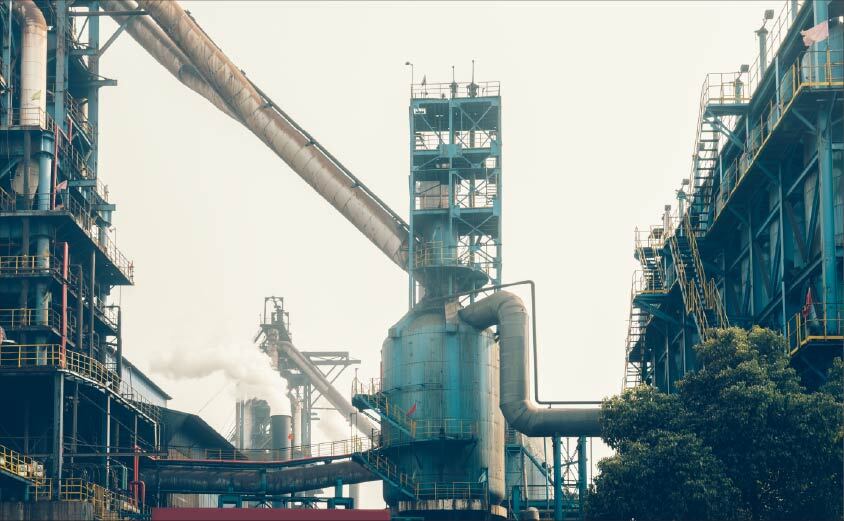Saudi Arabia’s Path to Low-Carbon Refining: The Role of Hydrogen and CCUS in Modern Refinery Upgrades

The Saudi Arabia refinery revamp market is currently experiencing a strategic transformation aimed at optimizing refinery configurations to enhance flexibility, efficiency, and sustainability. This shift is characterized by a growing focus on refining adaptability to accommodate diverse crude grades, product diversification, and the integration of hydrogen and carbon capture systems, which align with the Kingdom's long-term energy transition objectives.
| Focus Area | Market Share (%) |
| Crude Type Flexibility (Heavy and Light Crude) | 35% |
| Product Slate Change (Diesel, Petrochemicals, Jet Fuel) | 40% |
| Hydrogen and Carbon Capture Integration | 25% |
Among the primary focus areas, product slate change represents the largest market share at approximately 40 percent, highlighting Saudi Arabia's commitment to aligning refining operations with the evolving global fuel demand landscape. Refineries are increasingly reconfigured to maximize diesel and jet fuel production, which remain the key demand drivers in both domestic and export markets. Furthermore, the integration of petrochemical production units is essential to support the country's vision of downstream diversification, transforming refineries into fully integrated refining-petrochemical complexes that offer enhanced margins and improved resilience against crude price fluctuations.
Crude type flexibility accounts for about 35 percent of the market share and is crucial for enhancing operational resilience. Many refineries in Saudi Arabia, particularly those in Yanbu and Jubail, are undergoing process revamps to efficiently manage both heavy and light crude oils. This adaptability allows refiners to respond to changes in feedstock availability and global crude quality variations while maintaining consistent output. The capability to process multiple crude types also mitigates dependency on specific suppliers, thereby ensuring supply security and cost competitiveness.
On the other hand, the integration of hydrogen and carbon capture technologies represents around 25 percent of the Saudi Arabia refinery revamp market. This segment is rapidly gaining traction as refineries align with global decarbonization initiatives. Projects that include hydrogen production units, blue hydrogen facilities, and carbon capture utilization and storage (CCUS) systems are becoming more prominent under Saudi Arabia’s Vision 2030 and the Circular Carbon Economy framework. These efforts aim to significantly reduce refinery emissions, enhance energy efficiency, and prepare facilities for future hydrogen-based operations.
Overall, these focus areas reflect the evolving priorities within the Saudi refining sector. The market is shifting from traditional hydrocarbon-centric models towards flexible, technology-driven, and low-carbon refinery ecosystems. As international environmental regulations become stricter and the demand for cleaner fuels grows, Saudi Arabia's refineries are positioning themselves as leaders in sustainable refining innovation, balancing profitability with long-term environmental responsibility.